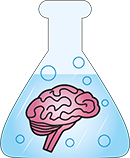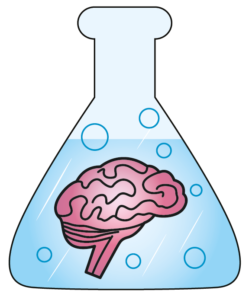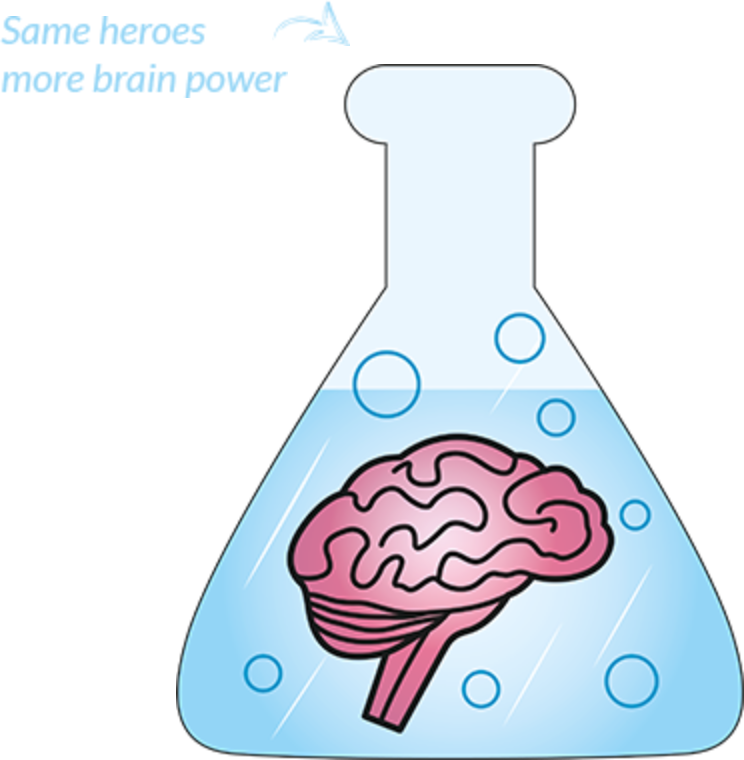Hanapin is now Brainlabs!
In a match made in marketing heaven, Hanapin is now part of Brainlabs, the world’s leading digital marketing agency with a test-and-learn approach to growing businesses.
Brainlabs services include paid search, programmatic, paid social, SEO, CRO, analytics, consultancy, training, and bespoke technology solutions across Austin, Bloomington, New York, London, Los Angeles, and Seattle offices.
Our world-famous Hero Conf, and industry-leading blog PPC Hero, will be run by the same team with even greater insights and resources.
We’re building the best and biggest full-service marketing agency in the world. No silos, no departments, just brilliant teams centered around clients, delivering best-in-class digital marketing.






